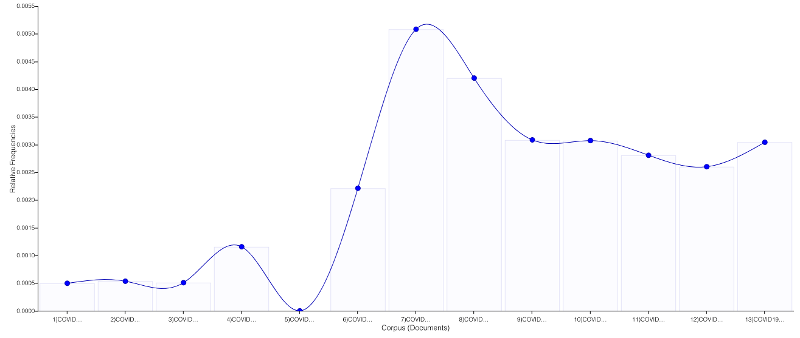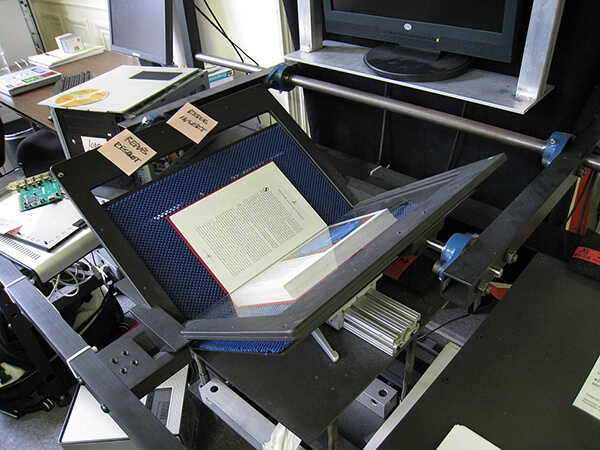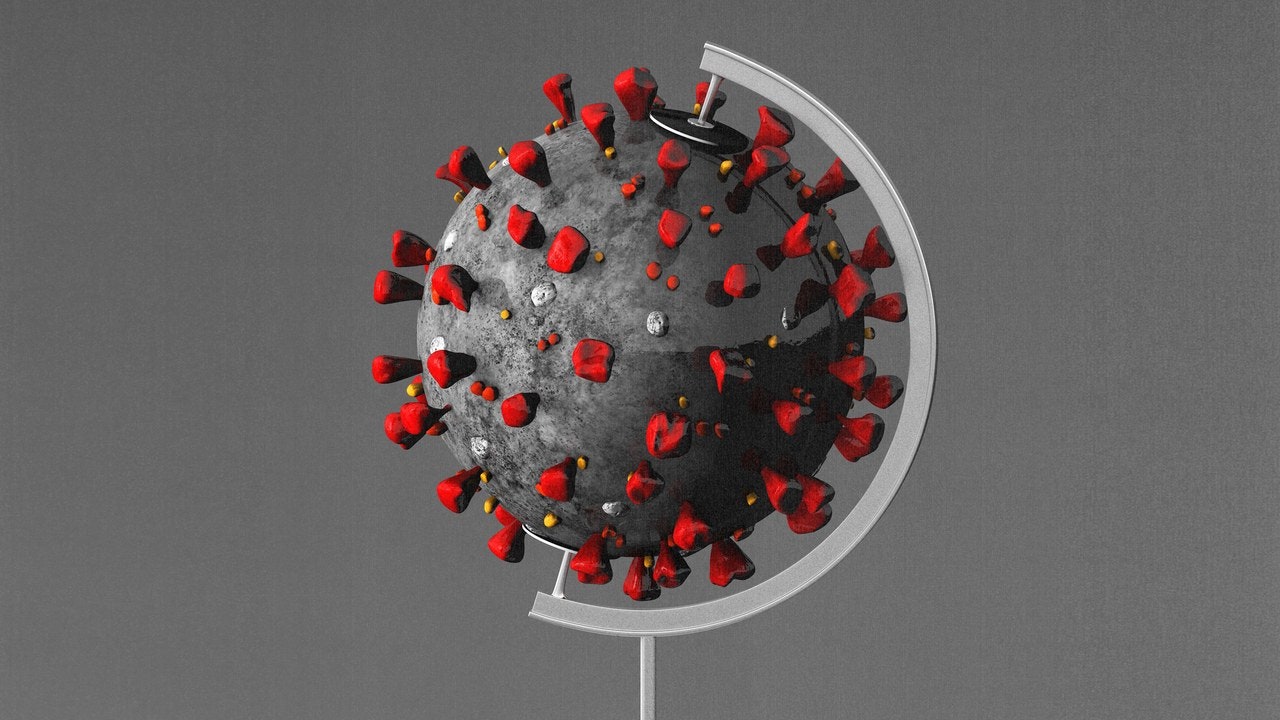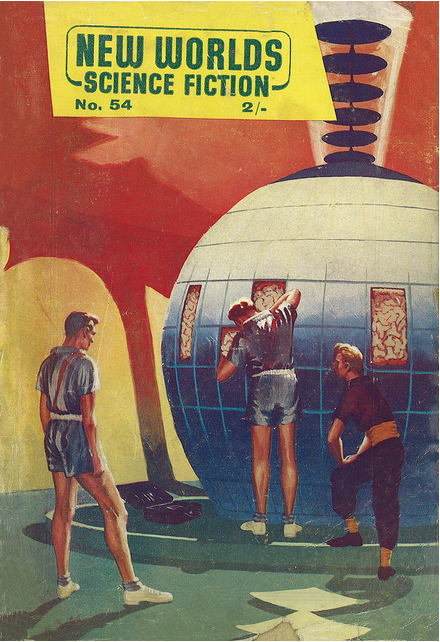The journey feels fake. These ‘I was lost but now I’m found, please come to my TED talk’ accounts typically miss most of the actual journey, yet claim the moral authority of one who’s ‘been there’ but came back. It’s a teleportation machine, but for ethics.
Source:
Maria Farrell, a technology policy critic, has written a nice essay on The Prodigal Techbro. She sympathizes with technology bros who have changed their mind, in the sense of wishing them well, but feels that they shouldn’t get so much attention. Instead we need to care for those who were critics from the beginning and who really need the attention and care. She maps this onto the parable of the Prodigal Son; why does the son who was lost get all the attention? She makes it an ethical issue, which is interesting, one I imagine fitting an ethics of care.
She ends the essay with this advice to techies who are changing their mind:
So, if you’re a prodigal tech bro, do us all a favour and, as Rebecca Solnit says, help “turn down the volume a little on the people who always got heard”:
- Do the reading and do the work. Familiarize yourself with the research and what we’ve already tried, on your own time. Go join the digital rights and inequality-focused organizations that have been working to limit the harms of your previous employers and – this is key – sit quietly at the back and listen.
- Use your privilege and status and the 80 percent of your network that’s still talking to you to big up activists who have been in the trenches for years already—especially women and people of colour. Say ‘thanks but no thanks’ to that invitation and pass it along to someone who’s done the work and paid the price.
- Understand that if you are doing this for the next phase of your career, you are doing it wrong. If you are doing this to explain away the increasingly toxic names on your resumé, you are doing it wrong. If you are doing it because you want to ‘give back,’ you are doing it wrong.
Do this only because you recognize and can say out loud that you are not ‘giving back’, you are making amends for having already taken far, far too much.






